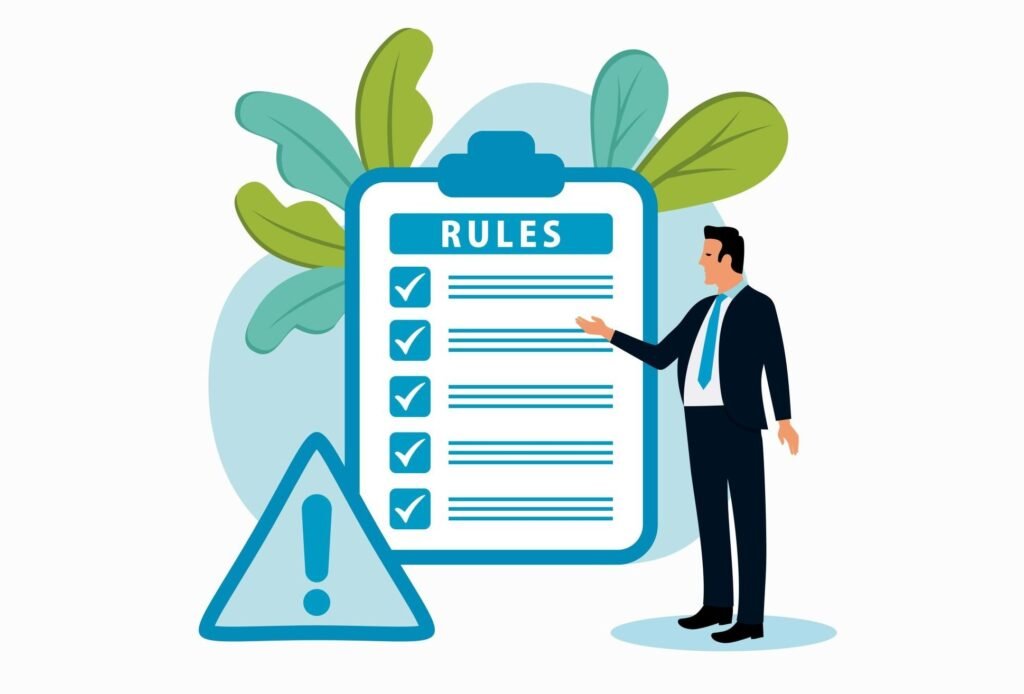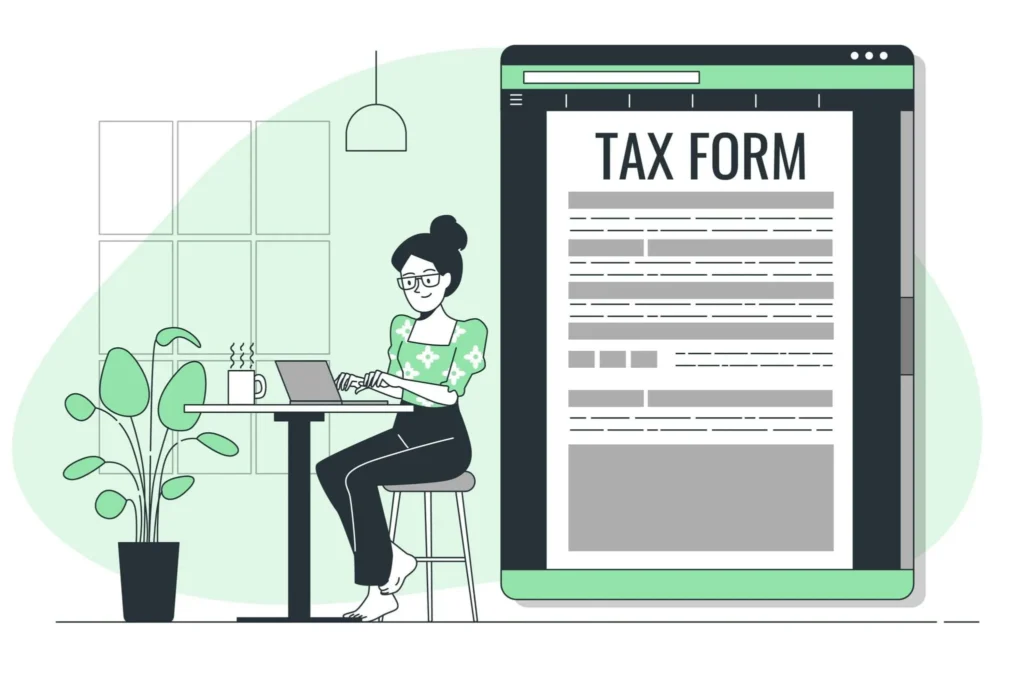When it comes to your financial well-being, every penny counts. If you believe you’re entitled to some tax relief on expenses incurred in relation to your employment, the P87 form can help you recoup some of your hard-earned money.
In this guide, we’ll walk you through the process of completing the P87 form, ensuring that you don’t miss out on potential tax refunds.
Section 1: The Basics of Claiming Tax Relief with P87 Form
Before diving into the P87 form, it’s important to grasp some general guidelines:

- The Time Limit: You have up to 4 years after the end of the tax year you’re claiming for to submit your claim. Don’t let valuable time slip away.
- Attachment Policy: Do not attach any documents to the form unless specifically requested in the accompanying notes.
- Covering Letter: There’s no need to send in a separate covering letter.
- Sign the Form: Ensure you sign the P87 form. An unsigned form may lead to rejection.
Section 2: Building the Foundation of Your Claim
In this section, you’ll provide essential personal and employment details. Make sure to include the following information:
- Surname or Family Name
- First Names
- Address, including Postcode
- Date of Birth
- National Insurance Contribution Number
Remember, if you miss any of these details, your form may be rejected.
Section 3: Uncovering Your Employment History
For each employment, you’ll need to provide information about your current job and those you’ve held during the last 4 tax years. Completeness is key:
- Employer PAYE Reference Number: You can find this on your P45, P60, Personal Tax Account, or the HMRC app.
- Type of Industry: If you’re claiming flat rate expenses, this is essential.
The form allows you to claim for multiple tax years. Each tax year’s details should be completed in separate columns. Remember, the total claim for each tax year should not exceed £2,500.
Ready to master UK payroll taxes and deductions? Read our article on “A Complete Guide to UK Payroll Taxes and Deductions for Employers” to simplify your payroll process.
Section 4: Making the Most of Agreed Expense Rates
If you’ve incurred expenses for work equipment, logoed uniforms, or specialist clothing maintenance, the P87 form provides an option to claim flat rate expenses, relieving you of the need to keep records and receipts.
However, if you need to claim more than the flat rate expense, you’ll have to provide records and receipts. If your employer reimburses any costs, subtract this from the allowable rate.

Section 5: Claiming Fees for Professional Development
This section is for those who’ve paid fees to professional bodies related to their work. Visit HMRC professional fees and subscriptions to find the list of approved professional organisations.
Section 6: Offsetting Business Travel Costs through Mileage Allowance
If you use your own car, van, motorcycle, or cycle for business mileage, you can claim tax relief. However, remember you cannot claim for commuting between your home and permanent workplace. Your employer’s mileage allowance should not exceed the specified rates.
Kind of Vehicle Rate: Here are the standard rates to note:
- Car or van: 45p per mile for the first 10,000 business miles, 25p per mile thereafter.
- Motorcycle: 24p per mile (all business miles).
- Cycle: 20p per mile (all business miles).
Section 7: Ensuring Proper Documentation for Business Travel Hotel and Meal Expenses
While accommodation, meals, and business phone calls during business trips can be allowable, make sure to exclude expenses like newspapers, bar bills, personal phone calls, and laundry. Records and receipts are necessary for these claims.
Section 8: Covering Miscellaneous Allowable Expenses
Use this section if your claim doesn’t fit into any of the previous categories. Be sure the expense meets the following criteria:
- Incurred by all holders of the employment.
- Necessarily incurred in the performance of your duties.
- Incurred and paid.
- Wholly and exclusively incurred.
Unlock the secrets of “Taxable benefits with P11D and P11D(b) forms“. Read now to stay compliant!”
Section 9: Reflecting Reimbursements
If your employer has reimbursed any expenses, enter the amounts paid to you in the relevant section. If no reimbursements were made, attach your mileage logs.
Section 10: Choosing Your Repayment Method
When you’re eligible for repayment, HMRC will send you a cheque. You can opt for direct delivery to your home address or a nominee’s address. However, the cheque can only be deposited into an account held in your name or your nominee’s.
Conclusion
Filing a P87 form is a simple yet valuable step towards recouping your expenses. By providing accurate information and ensuring your details are complete, you increase your chances of receiving the tax refunds you deserve. Remember that keeping records and receipts can be your best friend when it comes to maximising your claims.
With these guidelines, you’ll be well-prepared to make the most of your tax relief opportunities and ensure your hard-earned money stays where it belongs – in your pocket.
We are dedicated to solve your queries.
Contact us for assistance at any stage of your journey.